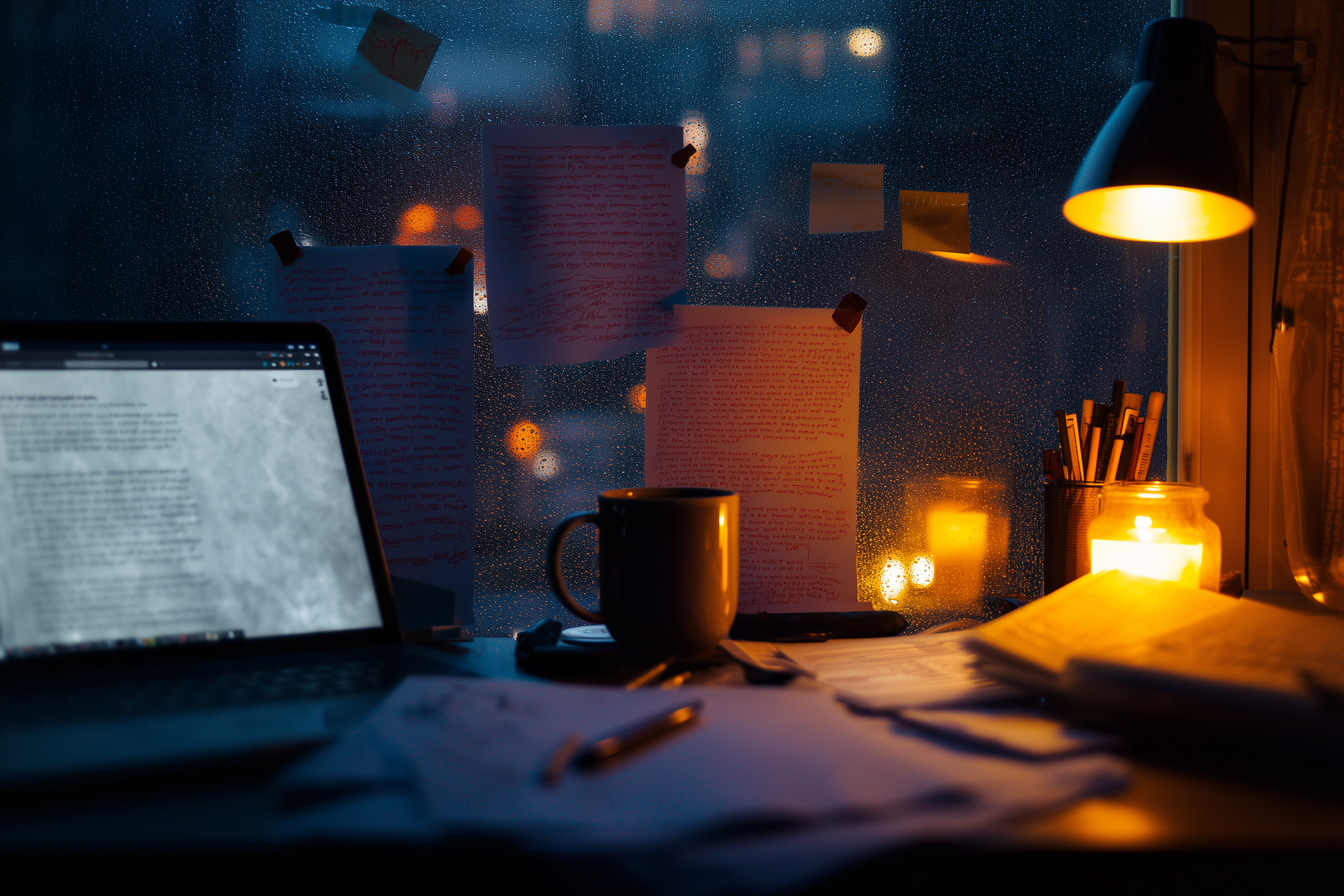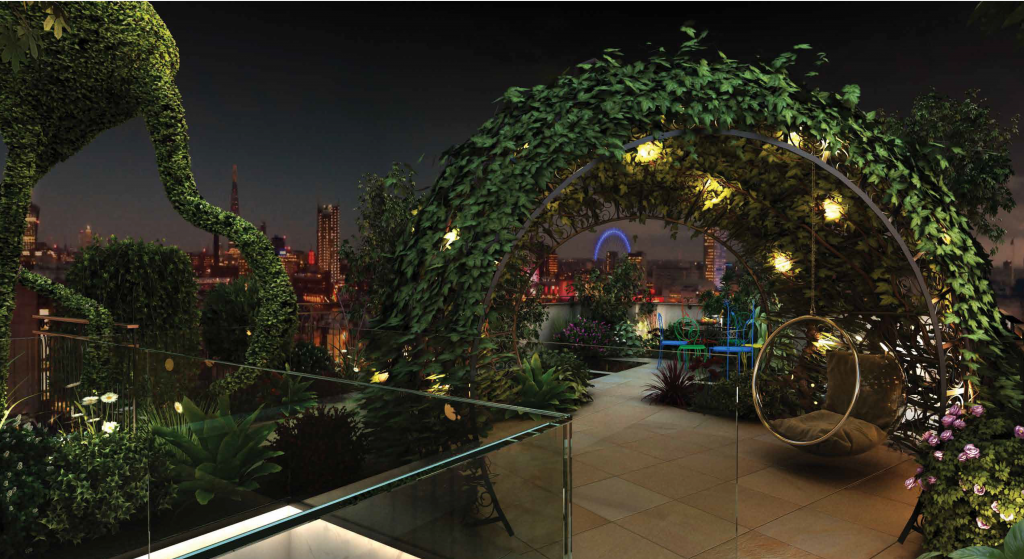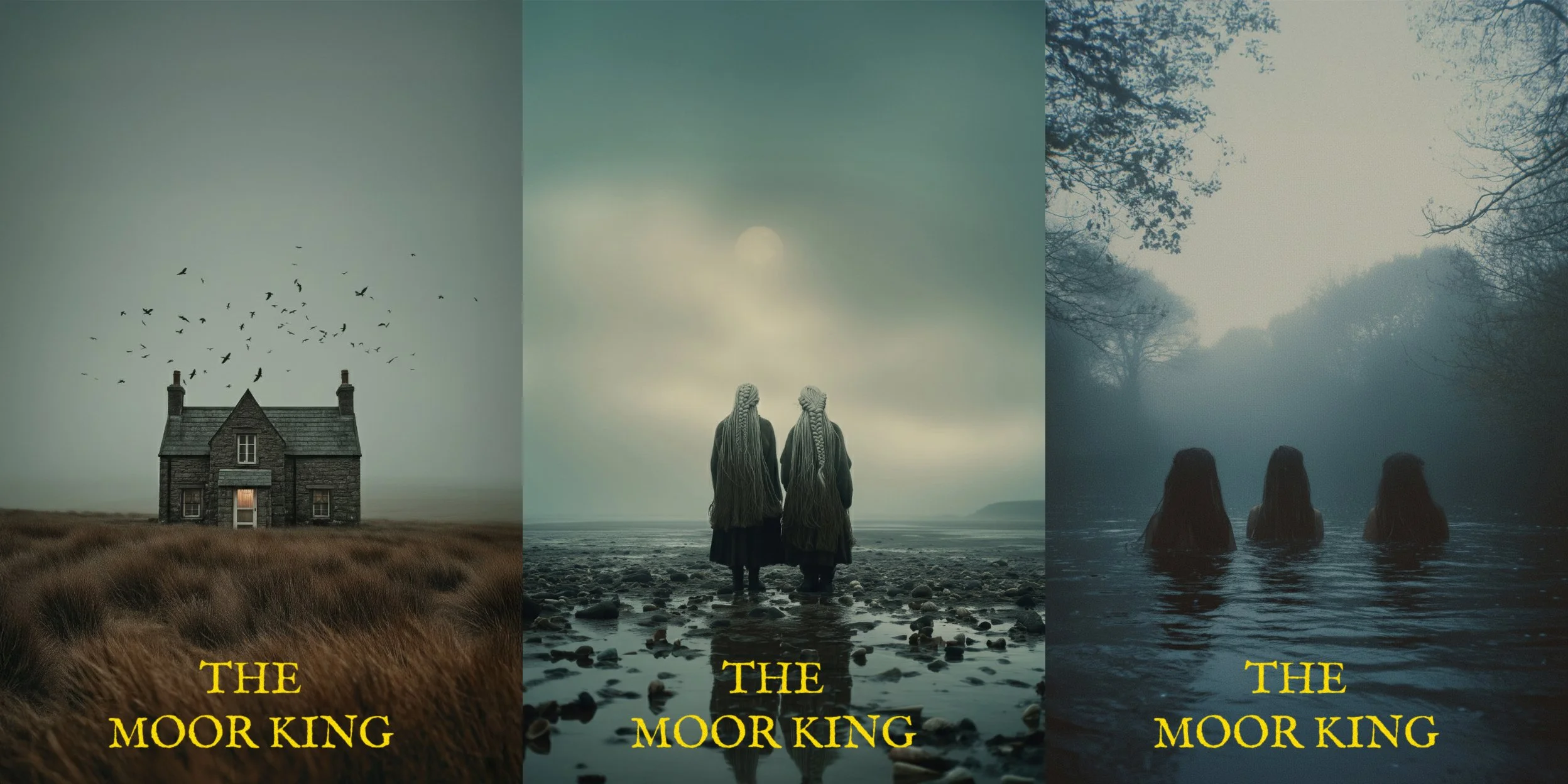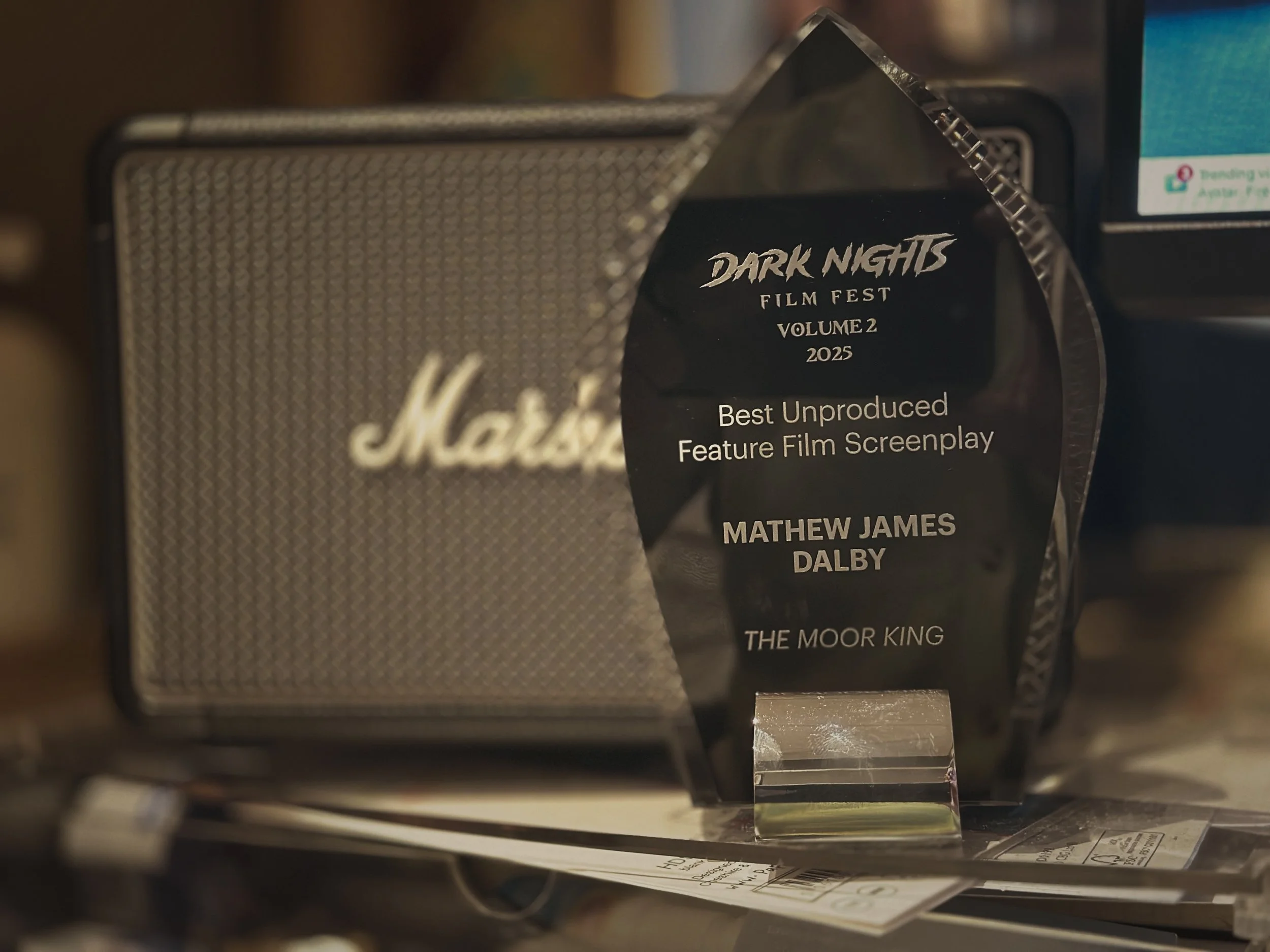This Weekend, I Became an International Award-Winning Screenwriter.
This weekend, I became an international award-winning screenwriter. What began as a late-night creative experiment has become an unexpected extension of StudioFAB — a reminder that design and storytelling are two sides of the same creative coin.
This weekend, I became an award-winning screenwriter.
Which is both delightful and faintly ridiculous. Delightful because it is true, and ridiculous because I still half expect someone to tap me on the shoulder and say, “All very amusing, Mathew, but back to the hotel drawings, please.”
I took up screenwriting late last year as a serious hobby.
Not golf. Not pottery. Screenwriting.
I thought it would be a harmless creative detour. A bit of cerebral stretching. Something to do when the rest of the house was asleep and the world had stopped demanding floor plans and value engineering.
The Accidental Writer
Fast forward a few months, and somehow there are now three screenplays with my name on them. Each has either won or placed in international competitions, and one of my other scripts is currently with a production company in Los Angeles.
It’s all a bit surreal.
But here’s the truth: writing didn’t feel like learning something new. It felt like remembering something familiar. After thirty years of designing hotels, homes, and the occasional palace, I realised that what I really do for a living is tell stories. Screenwriting is simply design without walls. The materials are different, but the purpose is the same.
Both ask: what do I want someone to feel?
Design, Story, and the Same Question
Design has always been my language. I choreograph light, texture, and space to build emotion. A lobby is an opening act. A corridor is suspense. A guestroom is resolution. The story of arrival, pause, and rest.
Writing is the same, except your tools are dialogue, tension, and silence. You still craft rhythm. You still edit ruthlessly. You still pray no one notices the joins.
Both fields demand empathy. A hotel succeeds when it anticipates its guests’ emotions before they do. A film succeeds when the audience recognises themselves in the characters. You build both from the inside out. You design for feeling, not function.
Lessons Between Two Worlds
Design taught me patience. Projects can take years. You learn to trust the slow burn. Screenwriting, on the other hand, demands precision. You have ninety pages to make someone care.
It’s merciless.
Every word must pay rent.
Yet that discipline makes me sharper back in the studio. I now look at drawings like dialogue. If a line doesn’t advance the story, it goes.
Creativity isn’t about invention. It’s about listening. When you design a space or write a character, you listen for what it wants to be. You remove what’s false until what’s left feels inevitable. That’s when it’s right.
On Winning (and Not Losing Focus)
The funny thing about winning awards is that people assume you had a plan. I didn’t. I entered one festival because the submission link popped up at midnight, and I thought, Why not.
Then I heard I’d made it to the finals, well, I was going to go anyway. But when they announced my name…
But once the disbelief wore off, what stayed with me wasn’t pride.
It was perspective.
Creativity doesn’t care about categories. It finds new rooms to inhabit.
And before anyone wonders, NO, I’m not taking my eye off StudioFAB.
Quite the opposite.
Writing has sharpened it. It’s made me see design in new ways, tighter, bolder, more narrative-driven.
StudioFAB remains my focus, my craft, and my home. The screenplays are simply another expression of the same creative muscle. I see it as a parallel practice that feeds back into how we think, how we see, and how we design.
Night Work
I still spend my days leading the studio, working with architects, builders, and hoteliers to craft spaces that make sense of chaos. But at night, I slip into another kind of world-building. One where walls are made of words, where atmosphere lives in subtext, and the soundtrack is the gentle snoring of the dogs.
It’s slower, lonelier, and oddly liberating.
Storytelling, in any form, is the purest act of empathy. You create a structure for someone else to step into, a place to feel something safely. Whether that space is a courtyard or a scene in a film hardly matters. Both are invitations.
Rediscovering Play
Screenwriting reminded me of something I’d quietly lost in design, the idea of play, the unguarded joy of making something purely because you can.
In design, we often prioritise pragmatism and accountability over curiosity, making it a luxury.
Writing reintroduced it.
That spark of let’s see what happens if…
Both my worlds feed each other. Writing makes me observant. Design keeps me grounded. One deals in story, the other in structure. Together, they form the full circle of creativity.
Staying Grounded
When a script began to gain traction in Los Angeles, a friend asked if I was tempted to leave design behind.
Not a chance.
The joy lies in the crossover.
To move from drawing a lobby to writing a scene is to shift between two dialects of the same language.
StudioFAB remains the engine. The writing simply adds a new instrument to the orchestra. The focus, as always, is on building, whether it’s a space or a story.
Closing Thoughts
So yes. This weekend, I became an award-winning screenwriter. And on Monday morning, I went straight back to the studio. The two are not at odds. They are the same craft, played in different keys.
Creativity doesn’t live in compartments.
It leaks.
It overlaps.
It misbehaves.
And that is precisely what keeps it alive.






